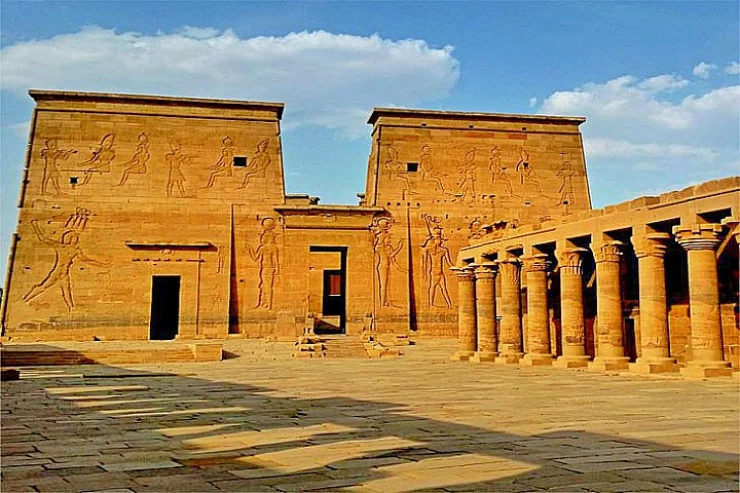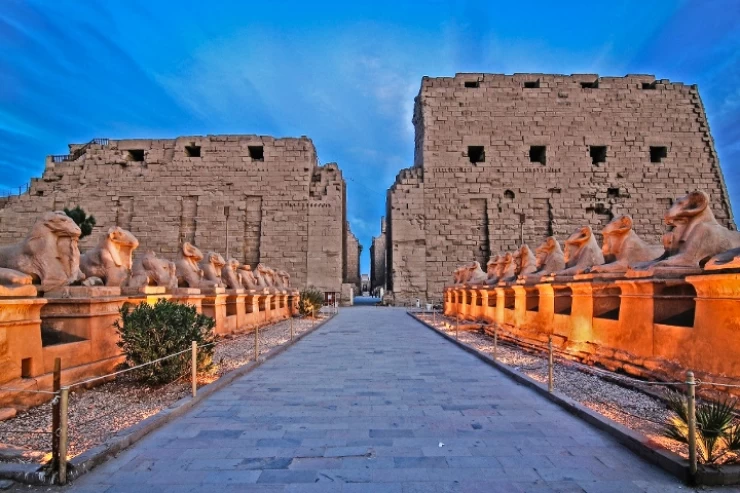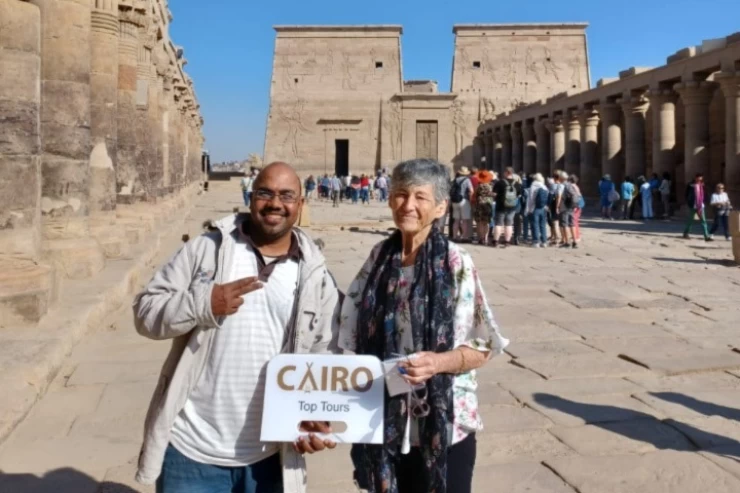
Valley of Kings in Luxor
Valley of Kings
This site had been chosen for the burial of kings since it is located on the west bank of the Nile, baptized by the passing sun god (dying in the western horizon) only to thereafter depart rejuvenated on the eastern reaches of the horizon and in consequence thereof, associated with a funereal concept. Accordingly, the western bank of the Nile, being a barren desert wasteland of sorts, was perceived as the perfect place for burying most ancient Egyptian tombs.
An equally good reason is the secretiveness of the area, which somehow leads to the kings being buried there, in preference to the Valley of Kings. The tombs were indeed pillaged in ancient times, nearly all of the pyramids from the Old and Middle Kingdoms also meeting the same fate.
Tombs in the Valley of the Kings
Tutankhamun's tomb
Heavy with world fame—among the most in Egypt-related—this tomb preserves the king Tutankhamun (ca. 1336-1327 BC) from the 18th Dynasty; it is the only royal tomb of the Valley of the Kings where the original funerary goods (in accordance with the priests' postmortem attention and lavish grave gifts) were ultimately found mostly intact and in full.
Seti I's Tomb
The tomb is the most extensive, deepest, and the most beautiful; it belongs to Seti I (circa 1294-1279 BC)—the rhythm in the line of succession for the pharaohs of the 19th Dynasty of Egypt.
Tomb of King Ramses VI
The construction of this tomb began during the reign of King Ramses V (circa 1147-113 BC) of the Twentieth Dynasty. Though his remains are uncertain, it is known that during the nearby reign of his successor, King Ramses VI (ca. 1413-1136 BC), some chapels and corridors to form an extension to the tomb had been added.
Why it is famously known as The Valley of Kings
Most of the kings under the 18th, 19th, and 20th dynasties of the New Kingdom (circa 1550-1069 BC) were buried in a narrow and dry wadi hidden on the other side of the west bank of the ancient city of Thebes (modern Luxor), and hence the name Valley of the Kings.


















